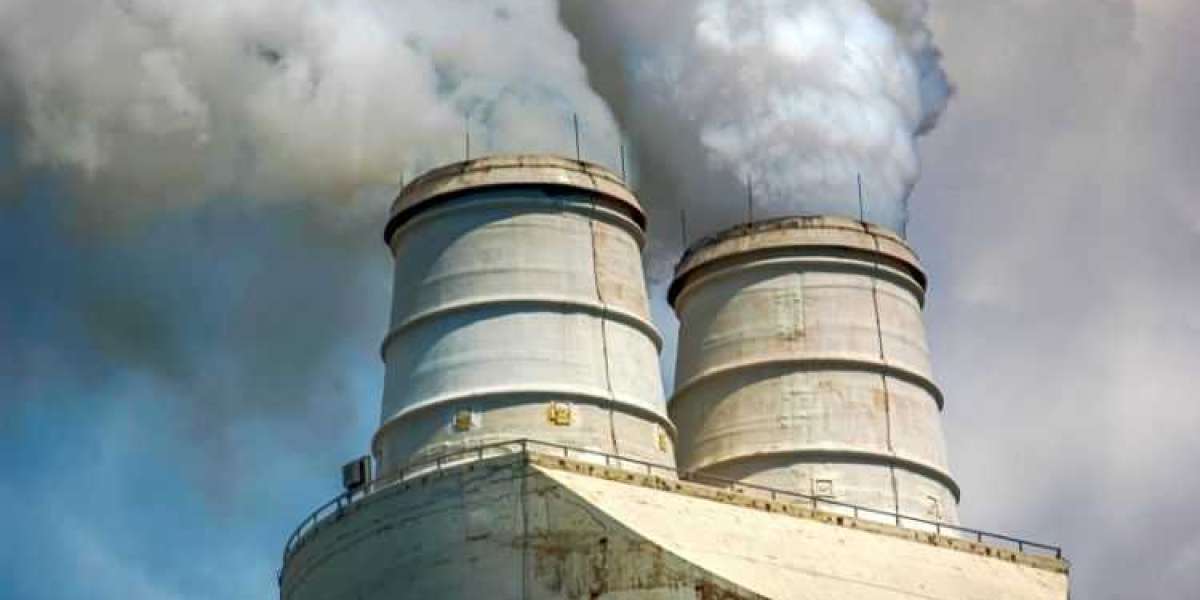The Indonesia Industrial Gases Market Size has seen significant growth, with a valuation of approximately USD 7.30 billion in 2021. The market is on a robust growth trajectory and is projected to reach around USD 9.87 billion by 2027, expanding at a compound annual growth rate (CAGR) of 5.1% during the forecast period from 2024 to 2032. This growth reflects the increasing demand for industrial gases across various sectors, including manufacturing, healthcare, and energy.
Market Segmentation
By Type of Gas
- Oxygen: Used in healthcare, metal cutting, and welding.
- Nitrogen: Essential for food preservation, electronics, and chemical processes.
- Hydrogen: Important for refining processes, fuel cells, and manufacturing.
- Argon: Used in welding and as an inert gas in various industrial applications.
- Others: Includes gases like carbon dioxide, helium, and specialty gases.
By End-Use Industry
- Healthcare: Medical gases, including oxygen and nitrous oxide.
- Manufacturing: Metal fabrication, welding, and cutting processes.
- Energy: Enhanced oil recovery, refining, and power generation.
- Food Beverage: Packaging, preservation, and carbonation.
- Electronics: Semiconductor production and cooling systems.
By Distribution Method
- Cylinder Supply: Portable and easy-to-use, suitable for various applications.
- Bulk Supply: Large-scale storage and distribution for industrial use.
- On-Site Generation: Cost-effective for continuous operations requiring large volumes of gases.
Key Benefits
- Enhanced Efficiency: Industrial gases improve operational efficiency in various manufacturing and energy processes.
- Cost Reduction: Bulk and on-site generation reduce overall costs for large-scale operations.
- Safety and Reliability: Gases like oxygen and nitrogen are crucial for safe and reliable operations in healthcare and manufacturing.
Key Industry Developments
- Technological Advancements: Innovations in gas production and distribution technologies, including advancements in cryogenic technology and membrane separation, are enhancing the efficiency and purity of industrial gases.
- Strategic Partnerships: Key players are forming strategic alliances and partnerships to expand their market presence and enhance service delivery.
- Sustainability Initiatives: Companies are focusing on reducing carbon footprints and increasing the use of eco-friendly gases and processes.
Driving Factors
- Industrialization and Urbanization: Rapid industrialization and urban growth in Indonesia drive demand for industrial gases in construction, manufacturing, and energy sectors.
- Healthcare Expansion: The increasing healthcare infrastructure and demand for medical gases for treatments and surgeries.
- Technological Innovations: Advances in gas production and application technologies are creating new opportunities and applications for industrial gases.
COVID-19 Impact
The COVID-19 pandemic had a mixed impact on the industrial gases market. On one hand, there was a surge in demand for medical gases like oxygen and nitrous oxide due to the healthcare crisis. On the other hand, the disruption of global supply chains and industrial shutdowns led to temporary declines in the demand from non-essential sectors. The market is now recovering as industries resume normal operations and healthcare demands stabilize.
Restraining Factors
- Regulatory Challenges: Stringent regulations and safety standards can increase operational costs and limit market entry for new players.
- High Initial Investment: The cost of setting up production facilities and distribution networks can be a barrier to entry for new market players.
- Environmental Concerns: The production and use of certain industrial gases can have environmental impacts, necessitating investments in cleaner technologies and practices.
Market Outlook
The Indonesia Industrial Gases Market is expected to continue its growth trajectory, driven by ongoing industrialization, advancements in technology, and increasing demand across various sectors. The market is likely to see increased competition among key players and a focus on sustainable and innovative solutions.
Trends
- Growth in End-Use Industries: Expanding industries such as electronics, healthcare, and energy are driving demand for industrial gases.
- Increased Focus on Sustainability: Companies are investing in greener technologies and practices to reduce environmental impacts.
- Digitalization: The adoption of digital technologies for monitoring and optimizing gas usage and distribution is on the rise.
Regional Analysis
- Java: As the economic and industrial hub of Indonesia, Java has the highest demand for industrial gases.
- Sumatra: Growth in the manufacturing and energy sectors drives demand for industrial gases in Sumatra.
- Kalimantan: Increasing industrial activities and resource extraction in Kalimantan contribute to the demand.
- Sulawesi and Papua: Emerging markets with growing industrial and healthcare sectors.
Top Impacting Factors
- Economic Growth: Economic expansion boosts industrial activities and gas demand.
- Technological Developments: Innovations enhance efficiency and create new applications.
- Regulatory Environment: Regulations affect operational costs and market dynamics.
Opportunities
- Emerging Markets: Growth in rural and less developed regions presents opportunities for market expansion.
- Innovation in Gas Applications: New applications and technologies create new revenue streams.
- Sustainability Initiatives: Opportunities for growth in eco-friendly and sustainable gas solutions.
Challenges
- Regulatory Compliance: Adhering to stringent regulations can be challenging and costly.
- Supply Chain Disruptions: Global supply chain issues can impact availability and cost of industrial gases.
- Environmental Concerns: Managing the environmental impact of gas production and usage.
Scope
The Indonesia Industrial Gases Market encompasses the production, distribution, and application of various gases across multiple sectors. The market scope includes advancements in technology, regulatory compliance, and trends influencing the growth and development of the industry.
Major Key Players
- L’Air Liquide S.A. (Air Liquide)
- Linde plc
- Pt. Tira Austenite Tbk
- PT Aneka Gas Industri Tbk
- Air Products and Chemicals, Inc.


